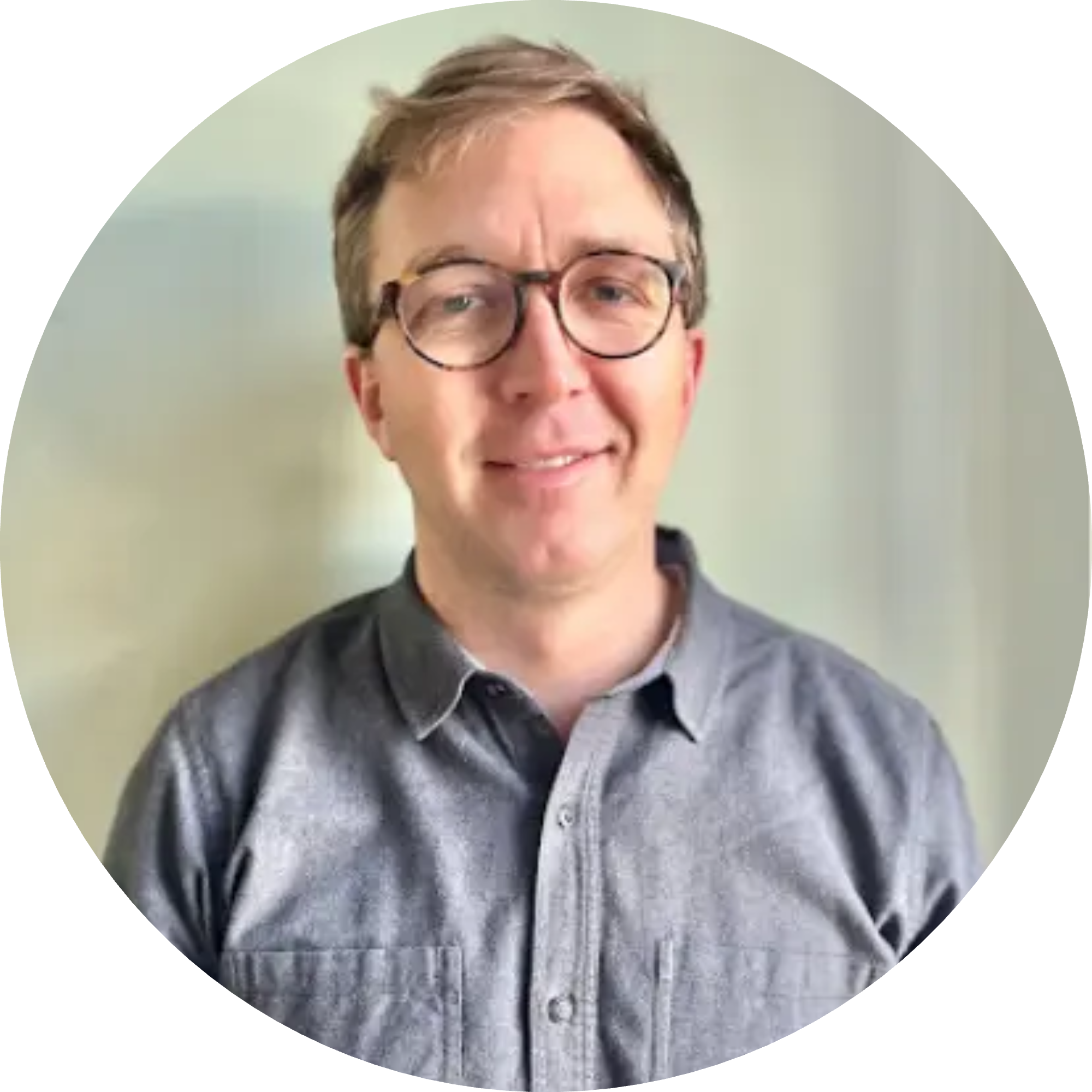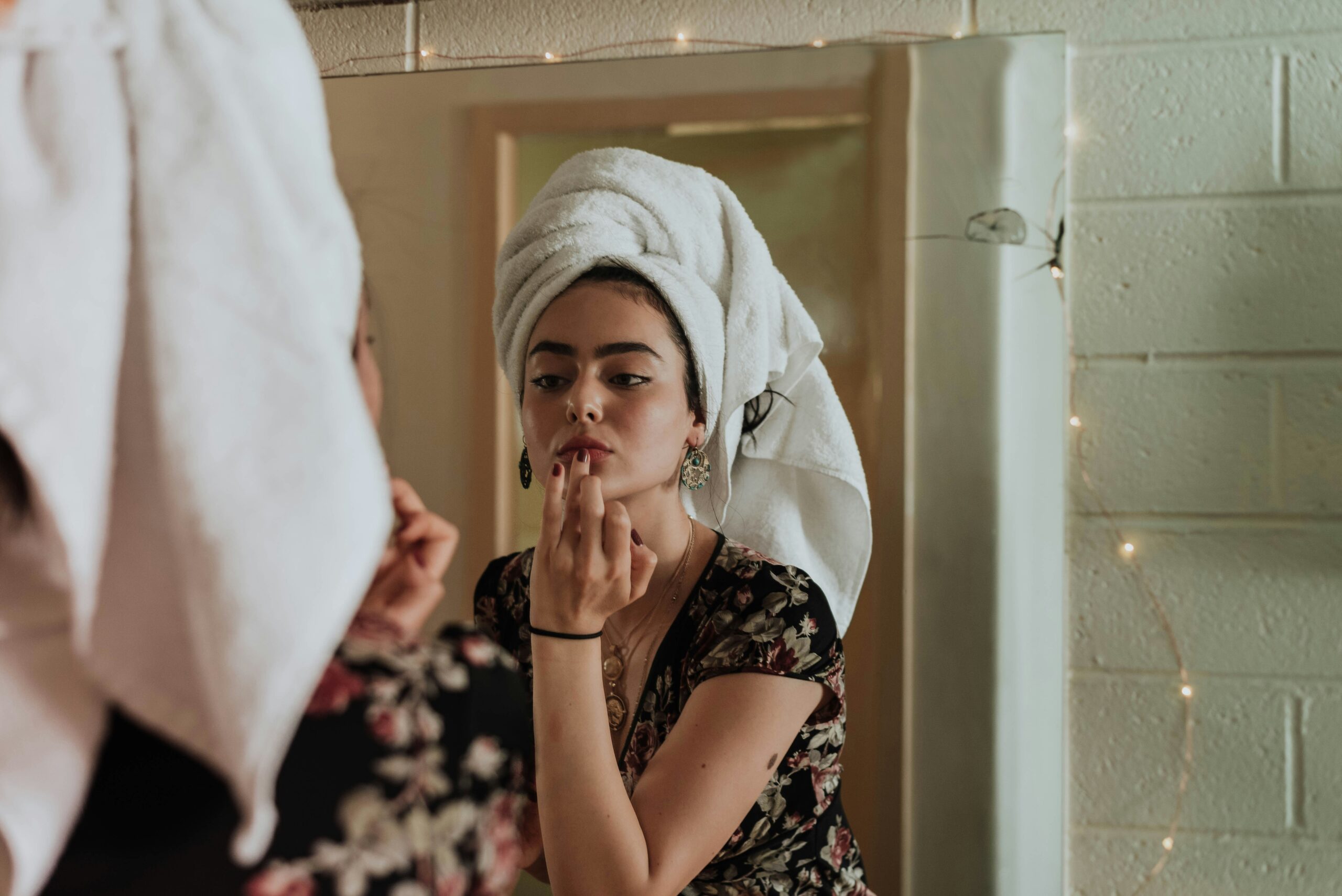“The best and most beautiful things in the world cannot be seen or even touched; they must be felt with the heart.” Helen Keller
Beauty has always held power. In every era and culture, standards of appearance have shaped how we perceive ourselves and others. But in today’s world, driven by social media, curated images, and a multi-billion-dollar industry, beauty is often treated less like an idea and more like an expectation.
At the same time, we’re taught to pursue health by following rules, shrinking our bodies, and measuring worth against progress. This is where beauty standards and diet culture intersect: in the belief that meeting an ideal will lead to acceptance or a sense of success. But that pursuit often comes at a cost, undermining connection to the body and distorting how we define health in the first place.
From Appearance to Appetite: How the Messages Connect
Though beauty standards and diet culture are distinct, they often overlap in both message and impact.
Beauty Standards
Beauty standards are the culturally defined ideas of what makes someone physically attractive. While the specifics change over time, they often reflect a narrow ideal, typically thin, white, young, able-bodied, and symmetrical. These expectations shape how people feel about themselves and how others respond to them.
Social media plays a major role in setting those standards. From YouTube makeup tutorials, to TikTok filters and trending “how to glow up” posts, content reinforces a highly polished, highly specific look. Plastic surgery trends have made it more common to reshape features in ways that reflect that same ideal, with many people opting for cosmetic procedures at younger and younger ages, while at the other end of the spectrum, the phenomenon known as “Mar-a-Lago face” has come to symbolize the overdone results of chasing aesthetic perfection.
The message isn’t always explicit, but it’s clear: beauty is something you’re supposed to work toward, spend money on, and constantly refine. And for many, that pressure starts early.
Diet Culture
Diet culture is the system of beliefs that moralizes food, glorifies weight loss, and equates thinness with health and value. Like beauty culture, it’s marketed as self-improvement, but it's built on shame. At its core, diet culture encourages disconnection from the body. Hunger is framed as weakness. Fullness is something to override. Food becomes something to track, earn, or restrict. Diet culture often presents itself as wellness, co-opting language like “clean eating” or “reset” to frame restriction as virtue.
While beauty standards shape a broader ideal, based on appearance and presentation, and extending from physical features to the rituals of skincare and styling, diet culture focuses on how bodies are managed. The two work in tandem: one defines what is desirable, the other prescribes the behavior to achieve or maintain it. Together, they create a powerful cycle that can erode self-trust, distort body image, and increase risk for disordered eating.
The Toll of Appearance-Based Expectations
The influence of diet culture and beauty standards extends far beyond insecurity, it promotes constant self-monitoring and discourages body trust, often triggering shame around natural physical differences. Over time, this can contribute to low self-worth or persistent anxiety, particularly in those who internalize the idea that their value hinges on appearance and perceived adherence to social expectations. For some, these beliefs remain background noise; for others, they can escalate into more serious mental health challenges.
While diet culture and beauty standards do not cause mental illness, they can exacerbate it, particularly when combined with other vulnerabilities. Trauma history, perfectionistic traits, genetic predisposition, or early exposure to weight stigma can all interact with these cultural forces, increasing the risk of developing eating disorders or related concerns. These messages often take root early. Dieting in adolescence, appearance-based teasing, and exposure to idealized bodies in media are all established risk factors for disordered eating and body distress later in life.
What If Beauty Isn’t What We Were Told?
There is beauty in a room filled with laughter, in the stillness of a lake at dusk, in the way a song stirs emotion. And there is beauty in a decorated home, a colorful plate of food, a handwritten note left on the counter. These things offer sensory richness, connection, and delight. When we step back from narrow ideals, we remember that beauty can be found in texture, contrast, and imperfection. In the natural world. In the feeling that something is meaningful, even if it isn’t polished. That redefinition allows us to look outward again, with curiosity.
It also invites us to reimagine what it means to be a beautiful person. Not someone who looks a certain way, but someone who radiates joy and lives with intention. A person whose values show through their actions, and who holds space for others. A person at peace. These are not aesthetic traits. But when we’re connected to them, we shine in a different way.
From Concept to Clinical Practice
This reimagining of beauty isn’t just philosophical, it can be practiced.
Mindfulness-based therapies often begin with noticing and naming what’s around you in the present moment, such as light through a window or the softness of a sweater. Grounding skills might involve naming the colors in a painting or listing 5 things you see, 4 things you hear, 3 things you can touch, and so on. When beauty ideals are no longer limited to how we look, they give us something concrete to return to in moments of overwhelm or disconnection.
Acceptance and Commitment Therapy (ACT) is often used in eating disorder treatment and other mental health care to help individuals reconnect with what gives their life meaning. Values work within ACT encourages clients to clarify what matters to them, even in the midst of pain. For many in recovery, this includes discovering—or rediscovering—an identity beyond the diagnosis. This sense of self may center on relationships, advocacy, creativity, spirituality, or the simple desire to keep going. In this way, healing is not just about symptom reduction but about building a life worth living, one that honors the internal qualities we’ve come to recognize as beautiful.
Perhaps the most obvious bridge between beauty and healing can be found in expressive arts therapies. Working with creativity in therapy can feel unfamiliar or uncomfortable, but it invites courage and openness rather than perfection. Whether through visual art, music, movement, or writing, these approaches draw from sources we already recognize as beautiful. They allow people to explore emotion, process experience, and practice expression without needing to rely on words.
A New Standard
Both the beauty and diet industries generate billions while increasing risk for disordered thinking and behavior. They sell the belief that we must look a certain way to be worthy, and their influence reaches deep into our mental and emotional well-being. These messages fuel shame and drive disconnection and ongoing psychological distress. But beauty doesn’t have to be a source of harm. When reframed through a therapeutic lens, it can become a tool for healing. Remembering that beauty has broader definitions—and reclaiming it on our own terms—gives us the opportunity to challenge damaging norms and invite something more sustaining in their place.
Clinically Reviewed By

Nick Kahm, PhD
Co-Founder
Nick Kahm, a former philosophy faculty member at St. Michael's College in Colchester, VT, transitioned from academia to running the Kahm Clinic with his mother. He started the clinic to train dietitians in using Metabolic Testing and Body Composition Analysis for helping people with eating disorders. Now, he is enthusiastic about expanding eating disorder treatment through the Kahm Center for Eating Disorders in Vermont.
